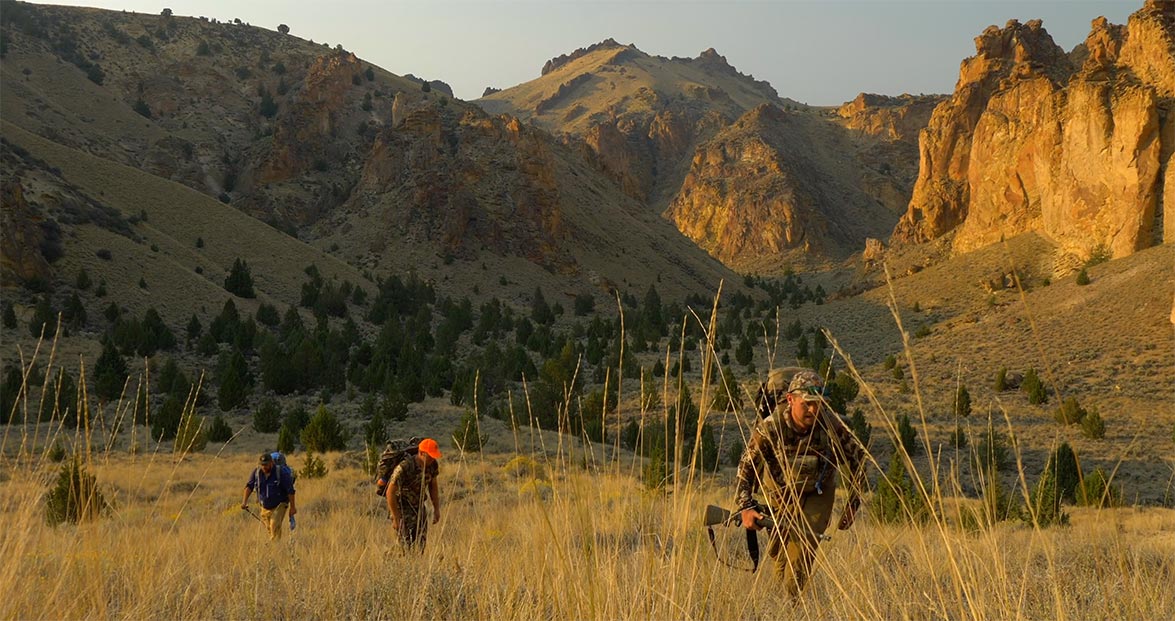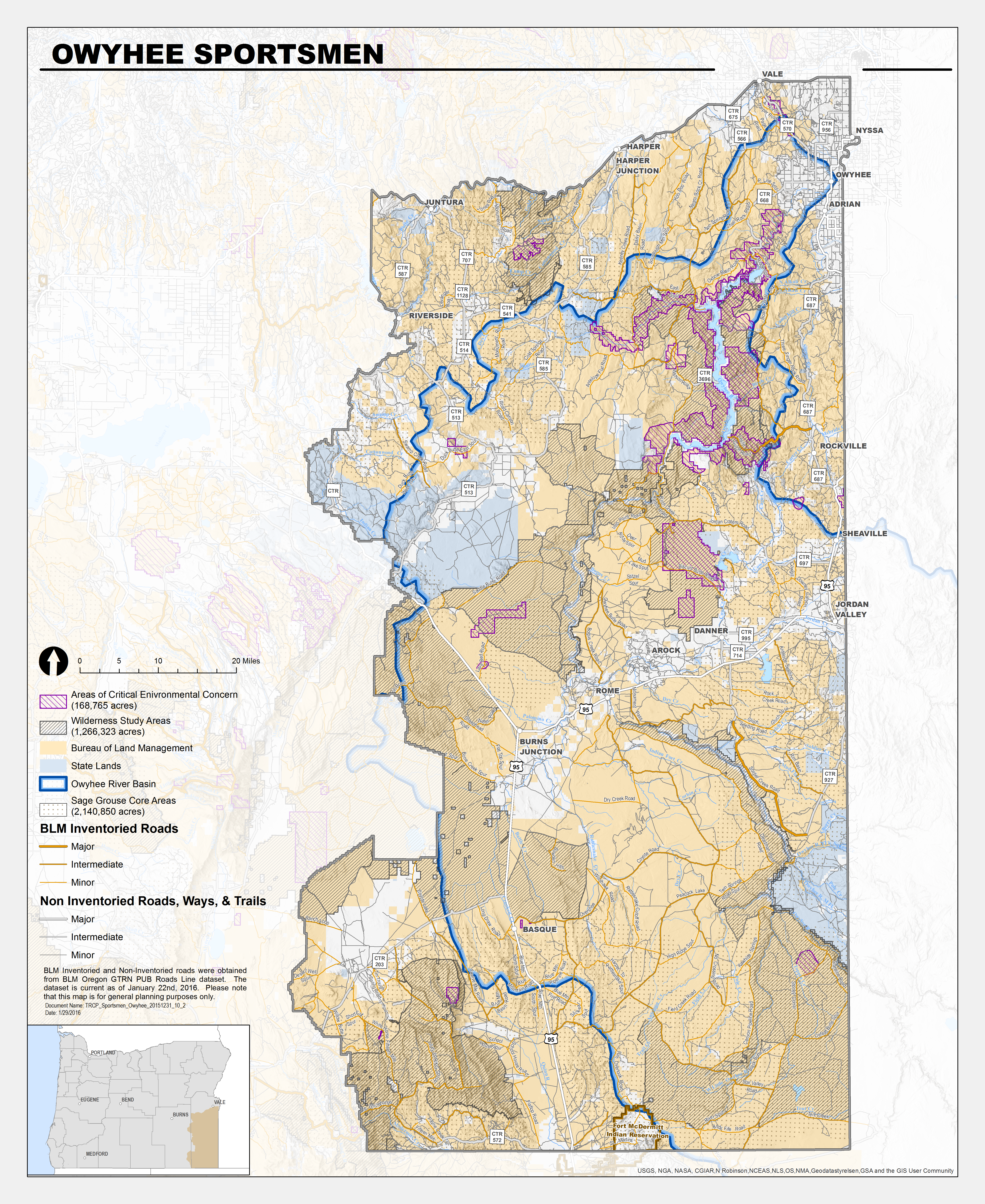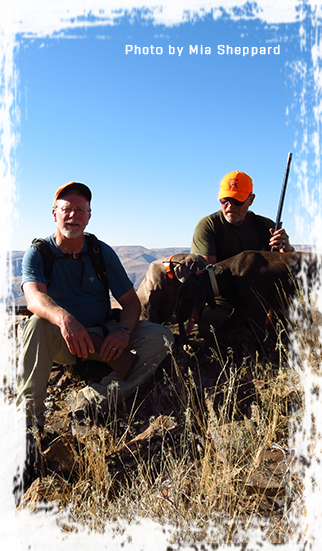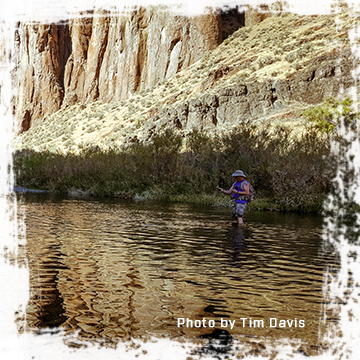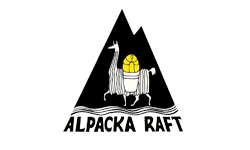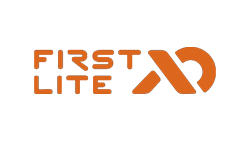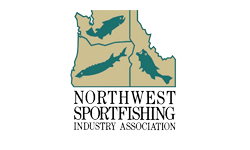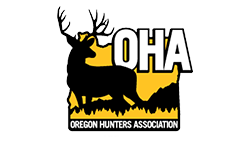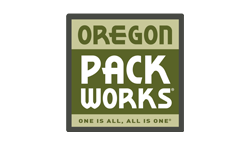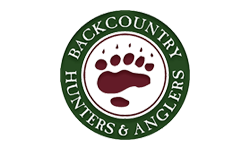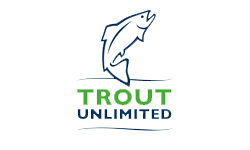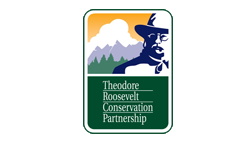Owyhee country also provides some of the best big game and upland hunting in Oregon.
Its rugged topography provides outstanding wildlife habitat and the remote nature of its wild places, largely unchanged by the hand of man, create the perfect conditions for robust population health. Protecting the habitat of California bighorn sheep in the Lower and Upper Owyhee Canyon will be critical if the rare and unique opportunity to hunt them is to be sustained. This part of Oregon also provides quality hunting opportunities for mule deer, elk and pronghorn in the massive Owyhee and Whitehorse Wildlife Management Units. Opportunities for upland game bird hunting in this open country are also outstanding. Eastern Oregon leads the state in chukar production and harvest while pheasants, California quail, waterfowl and mourning doves are highly sought-after species. Core populations of greater sage grouse also call this terrain home and we are invested in working with our partners to continue the long history of stewardship from ranchers, sportsmen, tribes and wildlife managers implementing thoughtful conservation policies on the ground.
The Owyhees support important populations of genetically-pure redband trout.
These hardy desert fish have evolved to survive warmer temperatures found in the clear alkaline waters of several important streams including the West Little Owyhee River and the North Fork of the Owyhee River south and east of Burns Junction, Oregon. Maintaining these critical streams is important for the survival of redband trout—a native Oregonian—and important to anglers from across the state and region.


